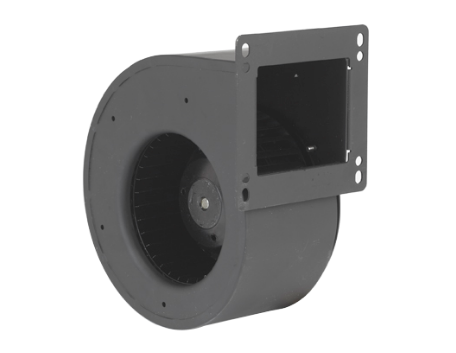An electric motor converts electrical energy into mechanical energy. Recent advances in electric motor design have reduced their energy consumption and overall cost. Calculating the efficiency of your electric motor will show you whether it’s operating at optimal efficiency. The factors that influence efficiency include losses from copper and mechanical components.
Pelonis Technologies has over 25 years of experience developing efficient electric motor products. Learn how to calculate the efficiency of electric motors, as well as the factors that could lessen their efficiency.
Calculating Electric Motor Efficiency
Since it measures how well the motor converts electrical energy to mechanical power, the efficiency of motors can be calculated by dividing the electrical power the motor consumes by the mechanical power it generates. Electrical power input is measured according to the current and voltage supplying the electric motor with energy. The mechanical power generated is calculated by measuring the angular speed and torque. The motor's mechanical power output will always be lower than the electrical power input due to energy loss during the energy conversion process. Energy can be lost in the form of noise, ohmic loss, friction, and heat.
Here is the formula to calculate electric motor efficiency: η = Pm/Pe. The efficiency is represented by η, Pm is the mechanical output power, and Pe is the electrical input power.
Pe can be calculated by multiplying the current in amperes, represented by I, and the voltage in volts, indicated by V. This formula is Pe = I*V.
To calculate Pm, multiply output torque, represented by T (measured in foot-pounds), and angular velocity, represented by ω (measured in radians per second). The formula is Pm = T*ω. With the Pm and Pe, you can use the formula above to find the efficiency of the motor.
Factors That Affect Motor Efficiency
Electric motors offer a range of different efficiencies, from 98% for motors with permanent magnets to 15% for motors with shaded poles, depending on the load. Most motors typically peak in efficiency at 75%. The size of the motor also affects efficiency, with larger motors being more efficient. The following factors also influence efficiency:
- Copper Loss: Copper loss is the electrical power lost from the primary rotor and secondary stator's winding resistance. Sometimes called primary and secondary loss, copper loss fluctuates depending on load but generally is proportional to the square of the current.
- Iron Loss: Iron loss is when magnetic energy dissipates while the magnetic field supplies the stator core.
- Mechanical Loss: Losses in mechanical energy occur due to friction in mechanical components like the air conditioning fan and motor bearings.
- Stray Loss: Stray losses are all other losses, such as the harmonic energy generated when the motor is operating at full speed. Stray losses can also include energy dissipation from laminate core leakage, harmonic flux components within the iron sections, and copper winding currents.
Learn More About Electric Motors
The efficiency of electric motors is critical to their performance in an application. By calculating the efficiency, you can ensure the motor you select produces the mechanical energy your application requires. Also factor in the losses that can decrease electric motor efficiency, including primary and secondary loss from copper winding resistance, mechanical loss, iron loss, and stray loss.
High-efficiency motors make the most of the energy they consume and are better for the environment. Pelonis Technologies develops innovative solutions in air movement technologies, induction motors, cooling fans, blowers, and specialty heating products for industrial and commercial applications. Our experience, high-efficiency products, and continuous improvement help us deliver solutions that meet or exceed our clients' needs.
Contact us or request a quote to speak with a team member about the electric motor solution for your application.





